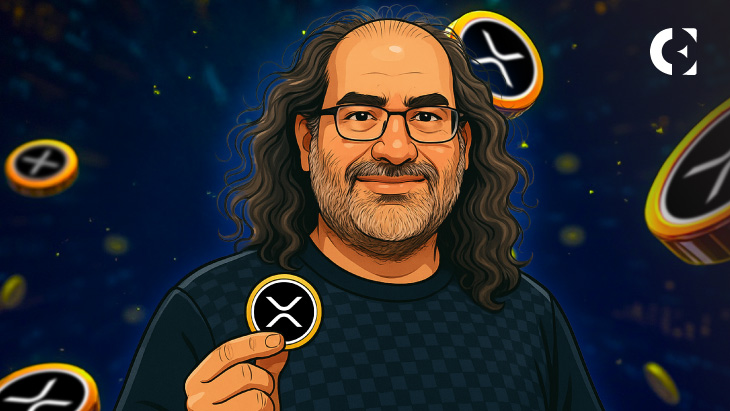- Schwartz has built and deployed a high-performance XRPL server in New York
- He clarified that what he’s doing is unaffiliated with Ripple but rather a project of his own, as he just wants to strengthen XRPL’s independence
- Despite his years away from directly managing XRPL infrastructure, Schwartz believes that the network’s current state makes a decentralized hub more essential than ever
David Schwartz, Ripple’s long-time CTO and one of the original architects of the XRP Ledger (XRPL), announced an unexpected personal return to running network infrastructure; not as a Ripple employee but as an independent operator.
He has built and deployed a high-performance XRPL server in New York, featuring AMD 9950X CPU, 256 GB RAM, multiple TBs of SSD/NVMe storage, a 10 Gbps unmetered connection, and an Ubuntu OS fully synced with the XRPL blockchain.
Schwartz emphasized that this node is not experimental and is intended as a robust, high-uptime production server meant to support validators and decentralized infrastructure. He clarified it’s unaffiliated with Ripple and that he’s doing this on his own, as he just wants to strengthen XRPL’s independence.
Despite his years away from directly managing XRPL infrastructure, Schwartz believes that the network’s current state makes a decentralized hub more essential than ever. He also cautioned against relying on a single node and suggested that data from his new setup could provide valuable insights into network traffic behavior under different conditions.
Several weeks ago, Ripple’s CTO mentioned that XRP no longer relies on banks for growth. Instead, Ripple is partnering with fintech firms, MSBs (Money Services Businesses), crypto platforms, and DeFi builders to drive real transaction volume, moving away from symbolic banking partnerships.
Why this project is notable
Schwartz’s decision to run his server shows that the XRPL network is becoming more stable and independent. It suggests that even the people who helped create it are confident that the network can run well without being fully controlled by Ripple.
Plus, this reflects XRPL’s evolution, from being deeply aligned with Ripple to functioning as a more autonomous decentralized ecosystem.
Interestingly, this also boosts XRPL’s technical credibility. By building a top-of-the-line server in a major data center, Schwartz is showing he is very serious about making sure the network stays running smoothly and quickly, a soft proof of faith in XRPL’s long-term sustainability.
In late June, XRPL got a big update with the release of rippled version 2.5.0. The update added new features such as TokenEscrow, PermissionedDEX, AMM functionality, and enhanced listener logic, along with capacity improvements. It also made the network run faster and more reliably, which is a major step forward for the XRPL.
Disclaimer: The information presented in this article is for informational and educational purposes only. The article does not constitute financial advice or advice of any kind. Coin Edition is not responsible for any losses incurred as a result of the utilization of content, products, or services mentioned. Readers are advised to exercise caution before taking any action related to the company.







